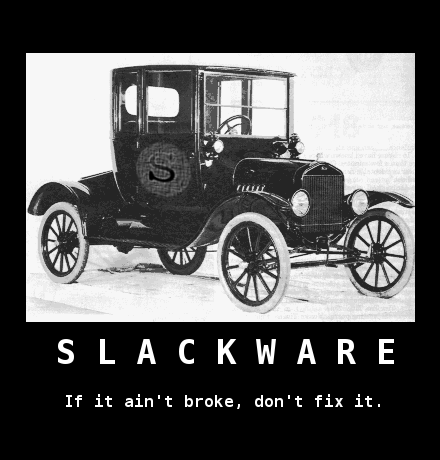Start with getting the development environment set up. I'm not sure you have built on IRIX before. If not, well, first time for everything

You need development foundation and development libraries, and gcc-4.7 from nekoware. If you have MIPSPro 7.4.x try that as well, although getting C++ code built with it these days is a real pain.
Get build tools like gmake to facilitate the build environment. Use nekoware tar or similar which can unpack a compressed tar ball. Sometimes you need to try out several different versions, which is why it's good to have a tar which supports gzip and bzip2.
Then simply start configuring and making.
Make notes of environment variables: put them in a script. Many configure script look for environment flags like CC CFLAGS LDFLAGS AR and more of that. Set them with 'setenv CFLAGS "-O2 -mips4"'
Capture gmake output to a file with 'gmake >& log &' and inspect the log file if the make fails.
If compile fails because of a problem in the code, inspect the offending code, make a copy of the code with a fixed extension like '.save' and try to make improvements and recompile. By doing it this way, you can build a patch file later by making diff's from the files which have a .save extenion.
I know, it's more of a general guideline, but i hope it helps.
Make that Mips sweat!














 You need development foundation and development libraries, and gcc-4.7 from nekoware. If you have MIPSPro 7.4.x try that as well, although getting C++ code built with it these days is a real pain.
You need development foundation and development libraries, and gcc-4.7 from nekoware. If you have MIPSPro 7.4.x try that as well, although getting C++ code built with it these days is a real pain.

 We can always throw more modern horsepower at it. If target performance around an r4400sc indy with xz graphics on an i5 were possible it would be very neat and maybe even useful.
We can always throw more modern horsepower at it. If target performance around an r4400sc indy with xz graphics on an i5 were possible it would be very neat and maybe even useful.


